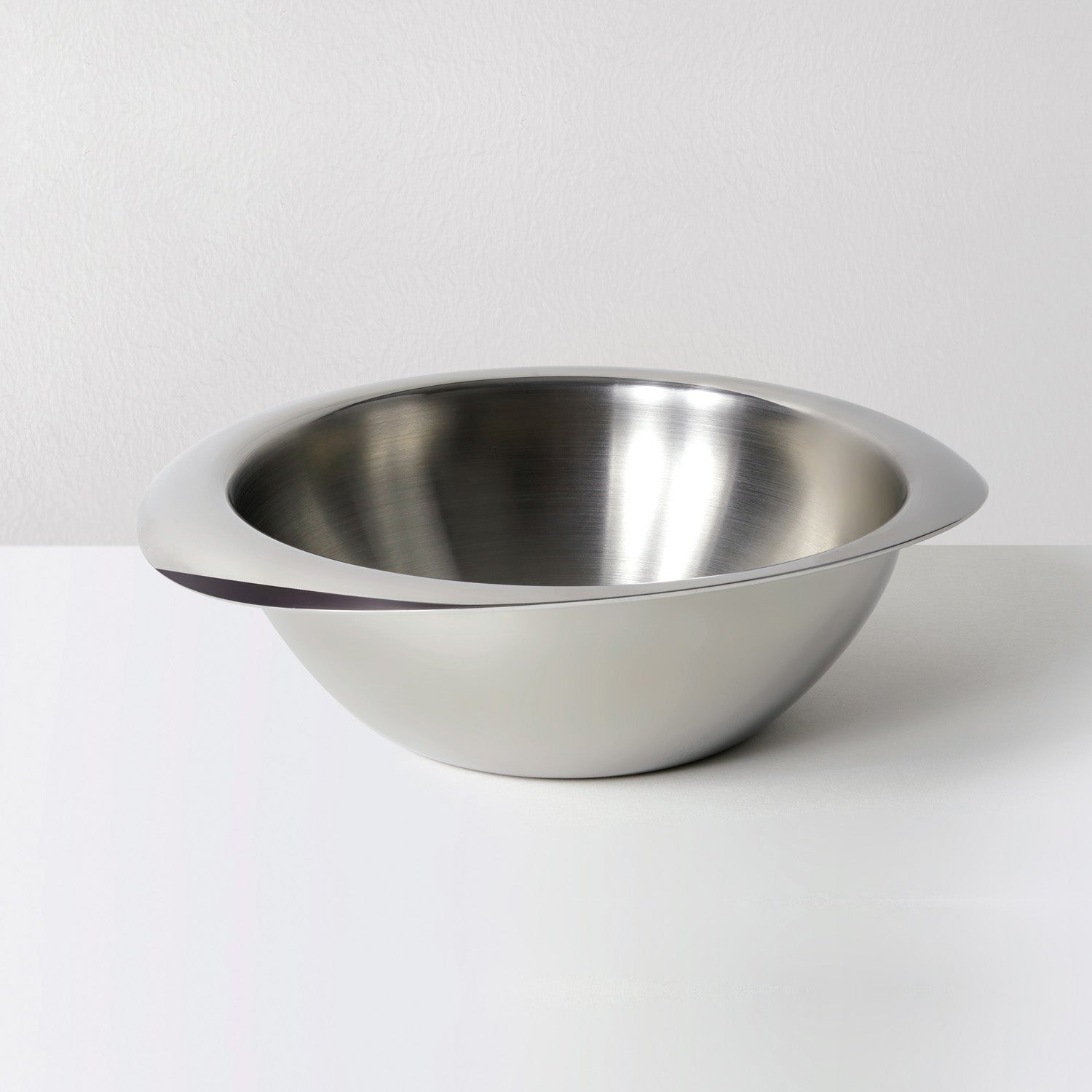Jasmine rice, celebrated for its fragrant aroma and delicate texture, offers not just a culinary delight but also digestive harmony. As a long-grain rice variety, Jasmine rice boasts a soft, slightly sticky consistency that is gentle on the stomach, making it easily digestible for many individuals. With a mild and subtly sweet flavor, Jasmine rice serves as a versatile base for various dishes, complementing a range of cuisines. Its lower fiber content compared to brown rice can be advantageous for those seeking a digestive-friendly option, while its calming and aromatic qualities contribute to an overall soothing experience. Pairing Jasmine rice with digestive-friendly ingredients, such as lean proteins and steamed vegetables, further enhances its potential to support digestive well-being.
What Is Jasmine Rice?
Jasmine rice is a type of long-grain rice known for its distinctive fragrant aroma and slightly sticky texture when cooked. This aromatic rice variety is primarily grown in Thailand, where it is a staple in many traditional dishes. The grains of jasmine rice are long and slender, with a soft, fluffy quality that makes it a popular choice for various cuisines.
The characteristic fragrance of jasmine rice is often described as having a floral and popcorn-like aroma, which develops during the rice milling process. This aroma is attributed to the presence of natural compounds, particularly 2-acetyl-1-pyrroline, that contribute to the rice's unique scent.
Jasmine rice is commonly used in Asian cuisine, particularly in Thai, Vietnamese, and other Southeast Asian dishes. It serves as a versatile side dish and pairs well with a variety of proteins, vegetables, and flavorful sauces. While white jasmine rice is the most common variety, there are also brown and black jasmine rice options available, which retain more of the rice's natural bran layers and, consequently, offer additional nutritional benefits.
Jasmine rice is appreciated not only for its aromatic qualities but also for its ability to complement a wide range of flavors, making it a popular choice in both traditional and fusion cuisines around the world.
What Makes Jasmine Rice A Culinary Delight?
Jasmine rice is considered a culinary delight for several reasons, making it a popular choice in many cuisines around the world:
- Fragrant Aroma: Jasmine rice is renowned for its distinctive and pleasant fragrance. During the milling process, the rice grains absorb the aroma of the jasmine flower, giving the rice a floral and popcorn-like scent. This unique fragrance adds an extra layer of enjoyment to dishes and contributes to the overall dining experience.
- Delicate Texture: When cooked, jasmine rice has a soft and slightly sticky texture. The grains are long and slender, creating a light and fluffy consistency. This delicate texture makes jasmine rice a versatile and appealing base for various dishes, from simple rice bowls to elaborate entrees.
- Versatility in Cooking: Jasmine rice is incredibly versatile and pairs well with a wide range of ingredients. Its neutral flavor allows it to complement both savory and sweet dishes, making it suitable for various culinary creations. It serves as an excellent canvas for absorbing the flavors of accompanying ingredients and sauces.
- Ease of Digestion: The long grains and soft texture of jasmine rice contribute to its ease of digestion. It is a well-tolerated rice variety for many individuals, providing a gentle option for those with sensitive stomachs or digestive concerns.
- Cultural Significance: Jasmine rice holds cultural significance, especially in Southeast Asian cuisines. It is a staple in Thai, Vietnamese, and other regional dishes, adding an authentic touch to traditional recipes. Its cultural importance enhances its appeal and makes it a favored ingredient in both home cooking and restaurant cuisine.
- Adaptability in Global Cuisines: While traditionally associated with Asian cuisines, jasmine rice has transcended cultural boundaries and is now used in a variety of global dishes. Its adaptability allows it to be incorporated into fusion and international recipes, contributing to its popularity worldwide.
- Aesthetic Appeal: The long, slender grains of jasmine rice have an elegant appearance, enhancing the visual appeal of plated dishes. The rice's fluffy texture and ability to absorb colors and flavors make it a visually pleasing component in a wide array of culinary creations.
What Makes Jasmine Rice Good For Gut Health?
Jasmine rice is considered good for digestion for several reasons:
- Gentle on the Stomach:
- Jasmine rice has a soft and slightly sticky texture when cooked, making it easy to chew and digest. Its gentle nature is well-tolerated by many individuals, including those with sensitive stomachs.
- Low in Fiber:
- While fiber is essential for digestive health, some individuals with certain digestive conditions may benefit from a lower-fiber diet. Jasmine rice is lower in fiber compared to brown rice, which can be advantageous for those seeking a rice variety that is more easily digested.
- Neutral Flavor:
- The neutral and mildly sweet flavor of jasmine rice makes it a versatile option that can be paired with a variety of foods without overwhelming the palate. This neutrality can be soothing for individuals with sensitivities or those experiencing digestive discomfort.
- Mild Aromatic Properties:
- The fragrant aroma of jasmine rice, which is naturally infused during the milling process, can have a calming effect on the senses. A pleasant and relaxing dining experience may positively influence digestion, especially in individuals susceptible to stress-related digestive issues.
Culinary Uses Of Jasmine Rice:
Jasmine rice is a versatile ingredient that lends itself to a variety of culinary uses, making it a popular choice in a wide range of dishes. Here are some common culinary uses of jasmine rice:
- Side Dish:
- Jasmine rice is often prepared as a simple side dish to accompany main courses. Its fragrant aroma and fluffy texture make it an excellent partner for various proteins, vegetables, and sauces.
- Asian Cuisine:
- Jasmine rice is a staple in many Asian cuisines, particularly in Thai, Vietnamese, and other Southeast Asian dishes. It serves as a foundation for classic recipes like Thai green curry, Vietnamese pho, or stir-fried dishes.
- Pilaf:
- Jasmine rice can be used to make flavorful pilaf dishes by sautéing the rice with aromatics like onions and garlic before cooking. This technique enhances the rice's taste and adds depth to the dish.
- Fried Rice:
- Jasmine rice is an excellent choice for making fried rice. Its slightly sticky texture helps the grains hold together during stir-frying, creating a delicious and satisfying dish when combined with vegetables, protein, and seasonings.
- Curries and Stews:
- The neutral flavor of jasmine rice makes it an ideal accompaniment for curries and stews. It absorbs the rich flavors of the sauce, providing a complementary base for the savory and aromatic components of the dish.
- Sushi Rice:
- Jasmine rice is sometimes used in sushi preparations, especially in fusion or non-traditional sushi dishes. While traditional sushi rice is more commonly used, jasmine rice can offer a unique twist in certain sushi variations.
- Congee:
- In Asian cuisine, jasmine rice is used to prepare congee, a savory rice porridge. Congee can be flavored with various ingredients such as ginger, scallions, and broth, creating a comforting and nourishing dish.
- Desserts:
- In some cultures, jasmine rice is utilized in sweet dishes and desserts. Rice puddings, rice cakes, and other sweet treats can be made with jasmine rice, taking advantage of its soft and absorbent qualities.
- Rice Bowls:
- Jasmine rice is commonly used as a base for rice bowls. These bowls can be customized with a variety of toppings, including grilled or sautéed vegetables, proteins like chicken or tofu, and flavorful sauces.
- Rice Salad:
- Jasmine rice can be used to make cold rice salads, combining it with fresh vegetables, herbs, and a zesty dressing for a refreshing and light dish.
- Global Fusion Dishes:
- Due to its adaptability, jasmine rice is often incorporated into fusion dishes that draw inspiration from various cuisines. It can be featured in creative and globally inspired recipes.











Leave a comment